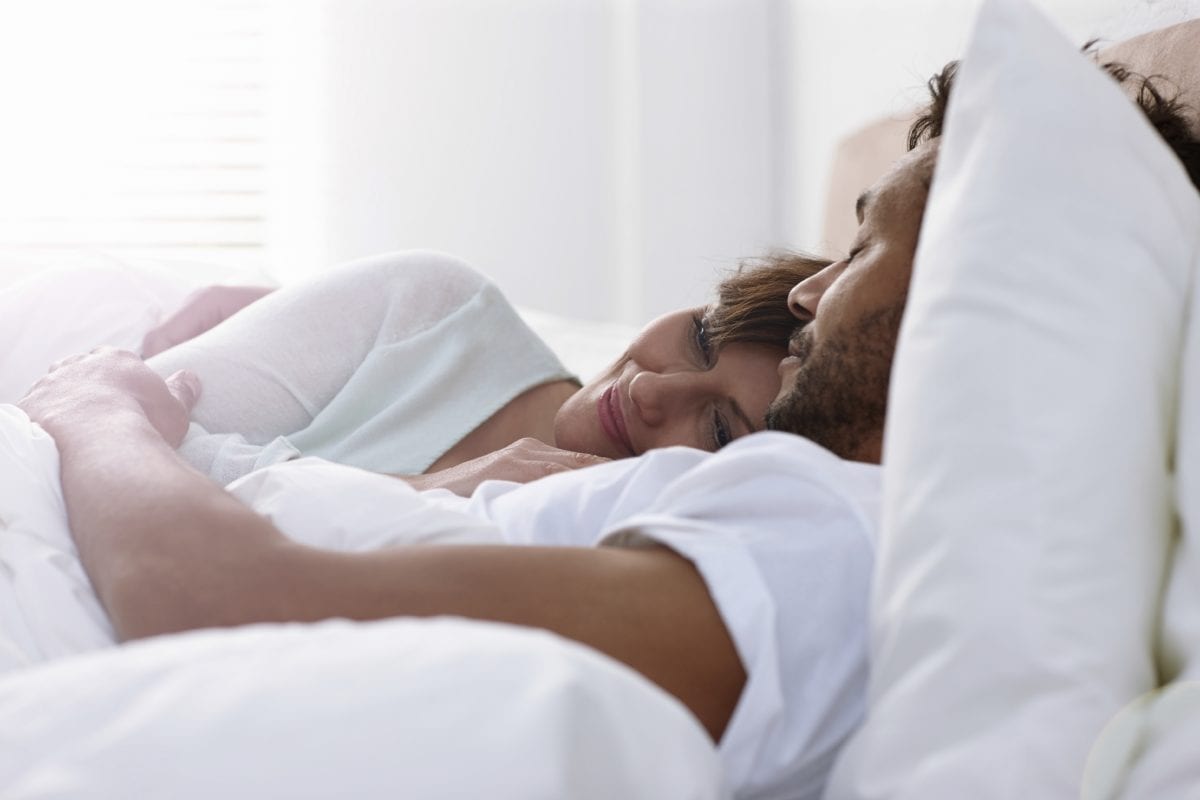Enhance the comfort of your sleep sanctuary with the perfect addition – a mattress topper. Whether you’re craving an extra layer of coziness or seeking additional support for your back, a mattress topper proves to be a cost-effective solution without the need for a complete bed overhaul. Not only does it bring an immediate touch of luxury, but it also extends the lifespan of your mattress by adding an extra layer of protection.
A mattress topper is an essential component for achieving the ideal bed setup. This accessory not only enhances comfort but also contributes to the longevity of your mattress, potentially adding an extra year or two to its life. As a budget-friendly alternative to replacing your entire mattress, a mattress topper offers the dual benefit of improving your sleep experience while ensuring optimal support for a restful night’s sleep.
However, before making a purchase, it’s crucial to consider a few key factors. Understanding these aspects ensures you choose the right mattress topper tailored to your specific needs. From materials and thickness to your unique comfort preferences, exploring these factors will guide you towards selecting the ideal mattress topper for an enhanced and personalized sleep experience.
Mattress Pad, Protector, and Topper – The Differences
Mattress toppers provide extra support through its cushioning. You can see it as an extension of the support provided by the mattress. Mattress protector stops fluids and allergens from entering. Its thin covering is often waterproof.
The confusion starts when mattress pad comes into the scene. Though sometimes used interchangeably with mattress topper, these two products are somewhat different. Mattress pad does provide cushioning like mattress topper. But the cushioning is thinner and mattress pad also functions as a mattress protector.
To get the best of both worlds, you can try a combination of products. This way you can ensure that your mattress not only has protection from fluids but also provides adequate cushioning and back support.
It is necessary to make sure the height of the protector adjusts with both the mattress topper and the mattress. By this method, you can get both cushioning and protection from fluids and allergens at the same time.
Advantages of Using a Mattress Topper
A mattress starts to lose its firmness with age. The cushioning and support it provides will decrease over time. Before you plan to buy a new mattress, buying and using a mattress topper will allow some extra time. A mattress topper can also make the mattress more comfortable. Especially if the new mattress is a bit too firm.
Certain mattress toppers specifically address certain support issues of the back. Keep in mind that a new topper won’t help if the mattress is saggy in the middle or have lost all its firmness.
A Guide to Different Types of Mattress Topper
With so many mattress toppers options available in the market, purchasing the right type can be quite confusing. You do not want to find out you spent your money on the wrong product after making the purchase. That too on a product that disturbs your sleep instead of providing back support.
There are a few types of mattress toppers. The most common ones are:
- Latex
- Polyester blends
- Memory foam
- Feathers
- Wool
Latex Mattress Topper
Latex can be found in both synthetic and natural variants. For those preferring environment-friendly options, natural latex can be the material of the mattress topper. Natural latex is produced from a rubber tree liquid.
Pros:
- Antimicrobial and non-allergenic characteristic for those who do not have a latex allergy.
- Provides a firm yet bouncy support.
- Arthritic patients can get good support from this type. Also helpful for painful joints.
- Natural latex offers greater durability.
Cons:
- Natural latex is more expensive than other types.
- Some people might feel latex is somewhat too firm and has a rubber smell.
- Not everyone like the ‘bouncy’ feel of latex.
Polyester Blend Mattress Topper
Though less expensive, this material type provides the least support of all mattress toppers. Also called fiberfill, this material provides a ‘feathery’ feel. Also, it does not pose threat to people having allergy problems.
Pros:
- Least expensive option
- Odorless
- A softer cushioning
Cons:
- The support provided is not adequate for all people
- Gets compressed and lumpy with use over time
Memory Foam Mattress Topper
This material is prepared from polyurethane with chemically increased density. Comes in many different sizes and thickness, this material is a popular choice for mattress toppers in the market. Its density allows for better support and cushioning.
Pros:
- Soft
- Greatly increases the comfort and support provided by an old mattress
- Helps in avoiding unnecessary pressure on joints
Cons:
- More expensive than other options
- Can emit odor if newly bought
Feather Mattress Topper
Also known as featherbeds, these toppers are stuffed with feathers. Though very soft, you can expect little support from these toppers. Featherbeds can also pose problems for those with allergy issues.
Pros:
- Very soft
- Comparatively a less expensive option
- Doesn’t have the problem of heat retention
Cons:
- Featherbeds can be noisy
- Regular shaking is needed to maintain firmness
- Feather shafts may poke through the fabric to cause discomfort
- Some people have allergy problems caused by feathers
Wool Mattress Toppers
This material for mattress topper can provide extra cushioning without any heat retention. Though mattress products made from natural wool fleece can be hard to find.
Pros:
- Provides softness and comfort
- Very durable
- Can maintain warmth during winter while staying cool during summer
- For most people, it is hypoallergenic
- Naturally resists microbes
Cons:
- Comparatively expensive
- Can emit mild ‘sheep’ odor if newly bought
- Not readily available everywhere
A Bed Can Make or Break Your Sleep
A mattress topper along with a good mattress is an integral part of a bed. Not only it’s required for a proper night’s sleep, it will also keep back pains away. Always select the best mattress topper which suits your body and comfort level.
Bio:
This article has been contributed by Shawn on behalf of FeedFond. He loves to share important health tidbits. Check out more of his writings at FeedFond.com








